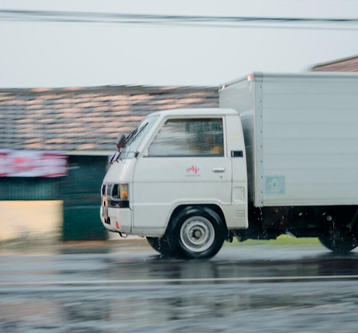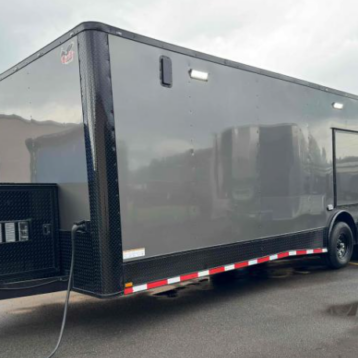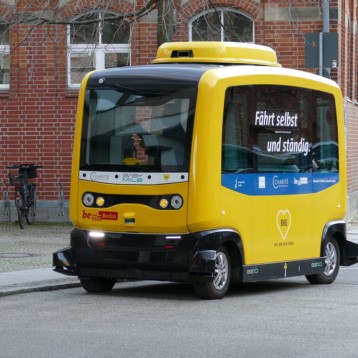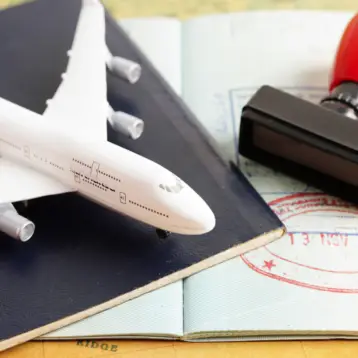Conceptual drawing of a supersonic biplane.(Image: Christine Daniloff/MIT News based on an original drawing courtesy of Obayashi laboratory, Tohoku University)
Almost a decade after the only supersonic passenger airliner retired from active service, a group of researchers at MIT stumbled upon a key breakthrough that might help usher its successor. Improving on an old concept developed by a German engineer back in the 1950’s, the MIT team came up with a quad wing design that is said to have more than twice the fuel efficiency and a substantially reduced sonic boom.
Developed as part of an Anglo-French initiative in the 1960’s, the Concorde was a machine ahead of its time. Capable of taking up to 120 first class passengers from London to New York in 3.5 hours at a top speed of over twice the speed of sound at an altitude of 60,000 feet, it was like no other commercially available airliner before and since (the Soviet Tupolev Tu-144 ” Concordski” notwithstanding).
–
–
But the Concorde had its share of problems. It was expensive to build and maintain, carried far few passengers (making tickets extremely expensive resulting in a low demand) and created a huge sonic boom which resulted in regulations prohibiting it from flying at supersonic speeds over most of Europe and North America. Following the crash in 2000 of Concorde flight 4590 in Gonesse, France, killing all 100 passengers, safety issues of the 20+ years old plane where put into question. Three years later, the only two companies flying the Concorde – Air France and British Airways announced plans for the retirement of the only 19 remaining Concordes.
–
–
However dreams of supersonic airliners didn’t die with the Concorde. Qiqi Wang, an assistant professor of aeronautics and astronautics at MIT along with his colleagues Rui Hu, a postdoc researcher in the Department of Aeronautics and Astronautics, and Antony Jameson, a professor of engineering at Stanford University, recently came up with a new design for a supersonic airliner that they believe might help make the Concorde’s Successor a more economical and have far less environmental impact.
–
–
It all starts from an old design contemplated by German engineer Adolf Busemann for something called a biplane or basically a plane with two wings on each side – one on top of the other. In the 1950’s Busemann designed a biplane that essentially eliminated shock waves at supersonic speeds. However his design had one crucial flaw which prevented it from turning into a real flying plane – it lacked lift at lower speeds, which means that the Busemann design had no chance reaching supersonic speeds in the first place.
It took almost 60 years and 700 wing configurations tested on a computer models (which did not exist in Busemann’s days) to come up with a potential solution. The researchers discovered that smoothing out the inner surface of each wing created a slightly wider channel through which air could flow. They also discovered that by bumping out the upper edge of the top wing, and the lower edge of the lower wing, the plane was capable of flying at supersonic speeds with half the drag of the Concorde – potentially cutting the plane’s fuel consumption by more than half.
–
–
The researchers say that there are still many obstacles to overcome before any Second Gen Concorde will make its maiden flight but this is defiantly an important first step in the right direction.
More information on the research can be found on the MIT website.
–
–
In 2010 TFOT covered a supersonic airliner design by the Lockheed Martin Corporation developed together with NASA.











